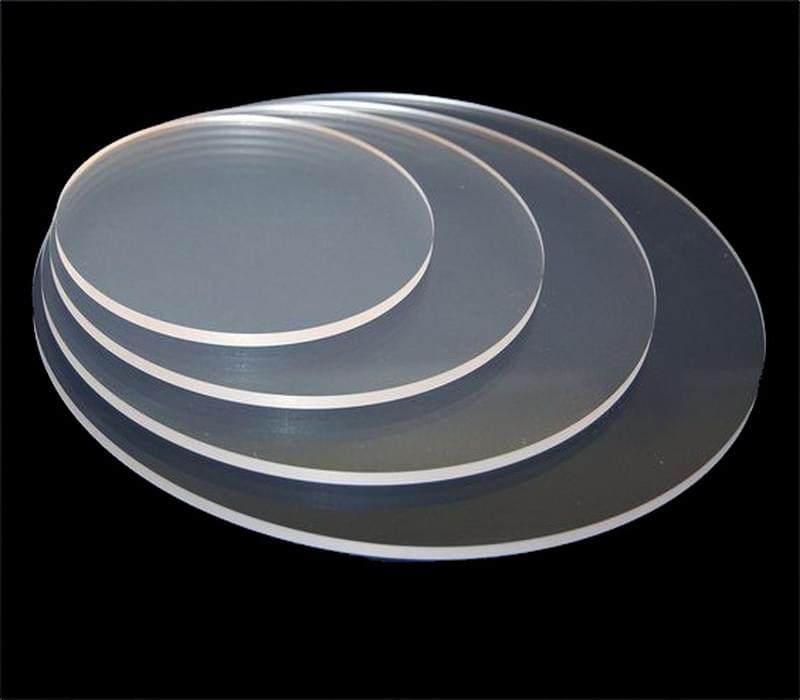In the world of outdoor architecture and design, the pursuit of enduring materials is a constant endeavor. Among the materials that have gained acclaim for maintaining their pristine appearance over time is outdoor acrylic. This versatile and robust substance has become a favored choice for various applications, owing to its exceptional resistance to yellowing. In this article, we explore the secrets behind outdoor acrylic’s enduring allure and its pivotal role in combatting the relentless challenge of yellowing.

Understanding Outdoor Acrylic:
Outdoor acrylic, also known as PMMA (Polymethyl Methacrylate), is a synthetic resin that has revolutionized the construction and design industries. Its remarkable properties, including transparency, weather resistance, and excellent impact strength, make it an ideal choice for diverse outdoor applications such as signage, architectural cladding, windows, and other fixtures.
The Yellowing Conundrum:
One of the primary challenges faced by many outdoor materials is the dreaded yellowing effect. Over time, exposure to UV radiation and environmental pollutants can cause materials to develop a yellowish tint, significantly diminishing their aesthetic appeal. However, outdoor acrylic has managed to overcome this obstacle with its inherent yellowing resistance.
The Science Behind Yellowing Resistance:
Outdoor acrylic’s longevity lies in its unique molecular structure. Unlike some other polymers, acrylic molecules contain few double bonds, making them more stable and less susceptible to degradation when exposed to UV light. Additionally, the incorporation of UV stabilizers during the manufacturing process enhances its resistance to yellowing even further.
UV Absorption and Reflection:
Outdoor acrylic possesses the ability to absorb and reflect a considerable portion of the UV spectrum. This property shields the material’s surface and minimizes the penetration of harmful UV rays. As a result, the degradation of the polymer is significantly reduced, preserving the material’s original clarity and transparency.
Coatings and Surface Treatments:
To further enhance its yellowing resistance, outdoor acrylic can be treated with specialized coatings. These coatings act as an additional barrier against UV radiation and environmental factors, extending the material’s lifespan and minimizing the impact of yellowing.
Maintenance and Cleaning:
While outdoor acrylic boasts impressive yellowing resistance, regular maintenance and cleaning play a vital role in ensuring its long-lasting allure. Removing dirt, debris, and pollutants from the material’s surface not only keeps it looking pristine but also helps maintain its UV-resistant properties.
Sustainable Choice:
Beyond its durability, outdoor acrylic presents itself as a sustainable choice for outdoor applications. Its long lifespan reduces the need for frequent replacements, leading to less waste generation and a smaller environmental footprint compared to some traditional materials.
Versatility in Design:
Outdoor acrylic’s yellowing resistance allows designers and architects to unleash their creativity without compromising on longevity. The material’s ability to maintain its clarity and brilliance over time opens up possibilities for innovative and visually striking outdoor structures.
Conclusion:
As outdoor spaces continue to evolve, the demand for materials that embody durability, aesthetics, and sustainability remains unwavering. Outdoor acrylic stands as a shining example of how advanced materials science and engineering can yield products that truly last a lifetime. With its exceptional yellowing resistance, this versatile material has rightfully claimed its place as a heavyweight champion in the realm of outdoor design, providing a timeless and unyielding allure for generations to come.
